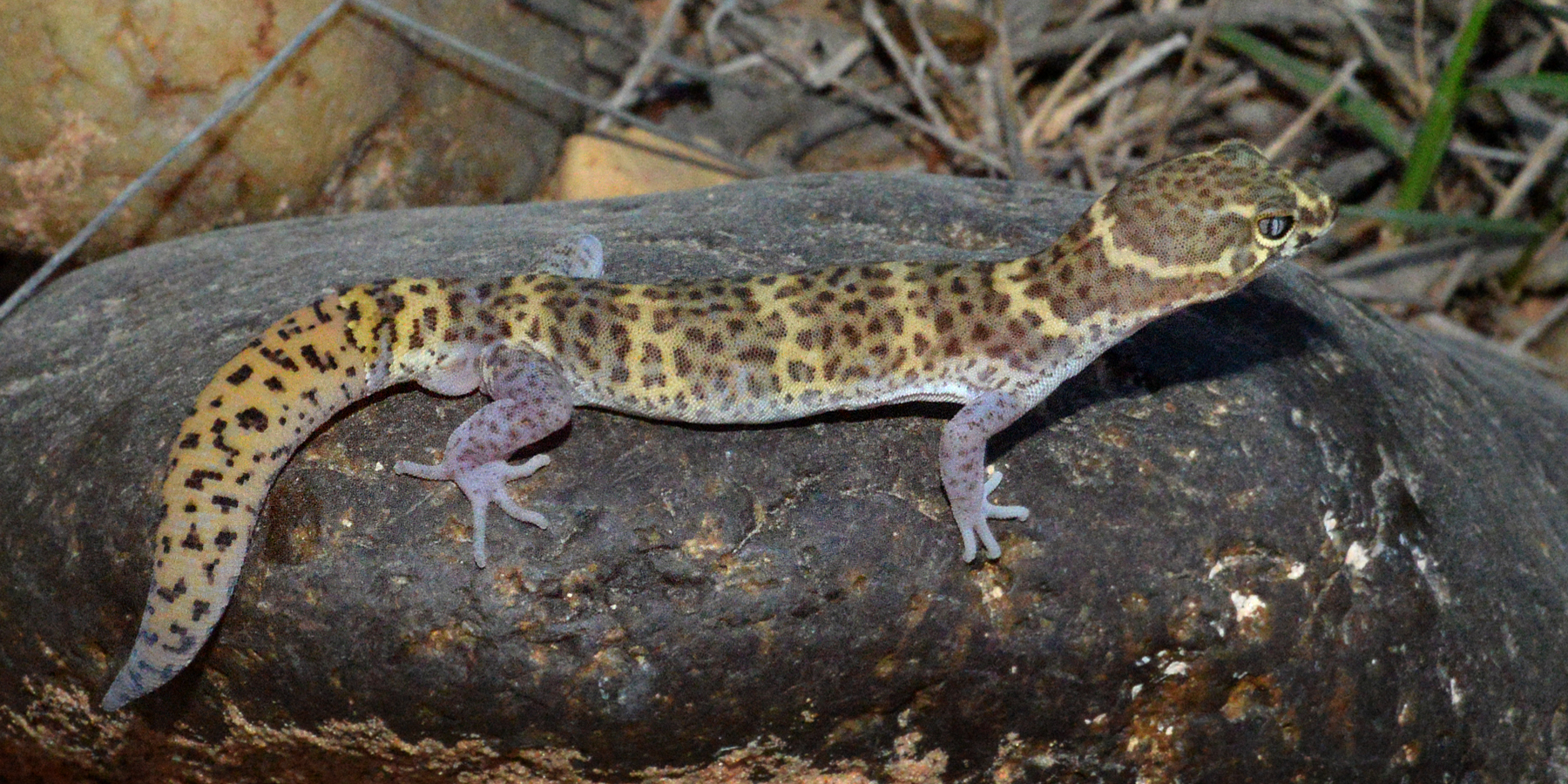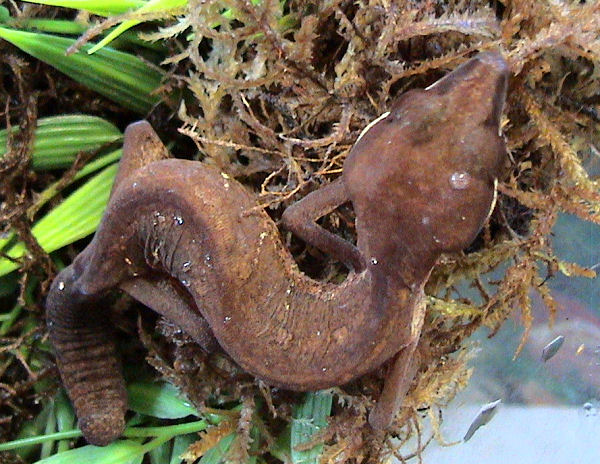|
Coleonyx Mitratus
The Central American banded gecko (''Coleonyx mitratus'') is a species of moderately-sized gecko in the genus ''Coleonyx'', native to Central America and first identified by Wilhelm Peters Wilhelm Karl Hartwich (or Hartwig) Peters (22 April 1815 in Koldenbüttel – 20 April 1883) was a German natural history, naturalist and explorer. He was assistant to the anatomist Johannes Peter Müller and later became curator of the Natural ... in 1863. It is a member of the eyelid geckos. Description Length (including tail) reaches 190mm, with the tail encompassing 50-54% of the total. As indicated by their name, these geckos have brown, black and yellow horizontal bands on their dorsal surfaces. Biology The Central American banded gecko is crepuscular and hides in a burrow in the soil during the day. It emerges at dusk to forage for insects. If threatened, like most geckos, it can lose its tail. Most will regenerate lost tails within a year. Distribution These geckos are found fr ... [...More Info...] [...Related Items...] OR: [Wikipedia] [Google] [Baidu] |
Wilhelm Peters
Wilhelm Karl Hartwich (or Hartwig) Peters (22 April 1815 in Koldenbüttel – 20 April 1883) was a German natural history, naturalist and explorer. He was assistant to the anatomist Johannes Peter Müller and later became curator of the Natural History Museum, Berlin, Berlin Zoological Museum. Encouraged by Müller and the explorer Alexander von Humboldt, Peters travelled to Mozambique via Angola in September 1842, exploring the coastal region and the Zambesi River. He returned to Berlin with an enormous collection of natural history specimens, which he then described in ''Naturwissenschaftliche Reise nach Mossambique... in den Jahren 1842 bis 1848 ausgeführt'' (1852–1882). The work was comprehensive in its coverage, dealing with mammals, birds, reptiles, amphibians, river fish, insects and botany. He replaced Martin Lichtenstein as curator of the museum in 1858, and in the same year he was elected a foreign member of the Royal Swedish Academy of Sciences. In a few years, he g ... [...More Info...] [...Related Items...] OR: [Wikipedia] [Google] [Baidu] |
Species
In biology, a species is the basic unit of classification and a taxonomic rank of an organism, as well as a unit of biodiversity. A species is often defined as the largest group of organisms in which any two individuals of the appropriate sexes or mating types can produce fertile offspring, typically by sexual reproduction. Other ways of defining species include their karyotype, DNA sequence, morphology, behaviour or ecological niche. In addition, paleontologists use the concept of the chronospecies since fossil reproduction cannot be examined. The most recent rigorous estimate for the total number of species of eukaryotes is between 8 and 8.7 million. However, only about 14% of these had been described by 2011. All species (except viruses) are given a two-part name, a "binomial". The first part of a binomial is the genus to which the species belongs. The second part is called the specific name or the specific epithet (in botanical nomenclature, also sometimes i ... [...More Info...] [...Related Items...] OR: [Wikipedia] [Google] [Baidu] |
Gecko
Geckos are small, mostly carnivorous lizards that have a wide distribution, found on every continent except Antarctica. Belonging to the infraorder Gekkota, geckos are found in warm climates throughout the world. They range from . Geckos are unique among lizards for their vocalisations, which differ from species to species. Most geckos in the family Gekkonidae use chirping or clicking sounds in their social interactions. Tokay geckos (''Gekko gecko'') are known for their loud mating calls, and some other species are capable of making hissing noises when alarmed or threatened. They are the most species-rich group of lizards, with about 1,500 different species worldwide. All geckos, except species in the family Eublepharidae lack eyelids; instead, the outer surface of the eyeball has a transparent membrane, the cornea. They have a fixed lens within each iris that enlarges in darkness to let in more light. Since they cannot blink, species without eyelids generally lick t ... [...More Info...] [...Related Items...] OR: [Wikipedia] [Google] [Baidu] |
Coleonyx
''Coleonyx'' is a genus of terrestrial geckos commonly referred to as banded geckos. Species of ''Coleonyx'' are found in the southwestern United States, Mexico, and Central America. Banded Geckos enjoy dry, warm weather which is why they are typically found in the Peninsular Desert. They are relatively small lizards, measuring about inches in total length (including tail). They are nocturnal and are found primarily in dry, rocky habitats. Banded Geckos have preyed by snakes, their main predators being rattlesnakes and glossy snakes. Banded Geckos can decipher how they should react when they obtain a chemical cue based on their knowledge of the predator. A main resource they use to distract the predator is losing their tail or escaping quickly. Banded Geckos possess heteromorphic euchromatic sex chromosomes which play a large role in their historical contingency. Microsatellite distribution on sex chromosomes at different stages of heteromorphism and heterochromatinization in ... [...More Info...] [...Related Items...] OR: [Wikipedia] [Google] [Baidu] |
Central America
Central America ( es, América Central or ) is a subregion of the Americas. Its boundaries are defined as bordering the United States to the north, Colombia to the south, the Caribbean Sea to the east, and the Pacific Ocean to the west. Central America consists of eight countries: Belize, Costa Rica, El Salvador, Guatemala, Honduras, Mexico, Nicaragua, and Panama. Within Central America is the Mesoamerican biodiversity hotspot, which extends from northern Guatemala to central Panama. Due to the presence of several active geologic faults and the Central America Volcanic Arc, there is a high amount of seismic activity in the region, such as volcanic eruptions and earthquakes which has resulted in death, injury, and property damage. In the pre-Columbian era, Central America was inhabited by the indigenous peoples of Mesoamerica to the north and west and the Isthmo-Colombian peoples to the south and east. Following the Spanish expedition of Christopher Columbus' ... [...More Info...] [...Related Items...] OR: [Wikipedia] [Google] [Baidu] |
Eublepharinae
The Eublepharidae are a family of geckos (Gekkota) consisting of 43 described species in six genera. They occur in Asia, Africa and North America. Eublepharid geckos lack adhesive toepads and, unlike other geckos, have movable eyelids, thus commonly called eyelid geckos. Leopard geckos (''Eublepharis macularius'') and African fat-tailed geckos (''Hemitheconyx caudicinctus'') are popular pet lizards. Genera The following genera are considered members of the Eublepharidae: References Geckos Geckos are small, mostly carnivorous lizards that have a wide distribution, found on every continent except Antarctica. Belonging to the infraorder Gekkota, geckos are found in warm climates throughout the world. They range from . Geckos ar ... Lizard families Taxa named by George Albert Boulenger {{gecko-stub de:Eublepharidae sv:Eublepharidae ... [...More Info...] [...Related Items...] OR: [Wikipedia] [Google] [Baidu] |
Reptiles Of Central America
Reptiles, as most commonly defined are the animals in the class Reptilia ( ), a paraphyletic grouping comprising all sauropsids except birds. Living reptiles comprise turtles, crocodilians, squamates (lizards and snakes) and rhynchocephalians (tuatara). As of March 2022, the Reptile Database includes about 11,700 species. In the traditional Linnaean classification system, birds are considered a separate class to reptiles. However, crocodilians are more closely related to birds than they are to other living reptiles, and so modern cladistic classification systems include birds within Reptilia, redefining the term as a clade. Other cladistic definitions abandon the term reptile altogether in favor of the clade Sauropsida, which refers to all amniotes more closely related to modern reptiles than to mammals. The study of the traditional reptile orders, historically combined with that of modern amphibians, is called herpetology. The earliest known proto-reptiles originated around 31 ... [...More Info...] [...Related Items...] OR: [Wikipedia] [Google] [Baidu] |
Reptiles Described In 1863
Reptiles, as most commonly defined are the animals in the class Reptilia ( ), a paraphyletic grouping comprising all sauropsids except birds. Living reptiles comprise turtles, crocodilians, squamates (lizards and snakes) and rhynchocephalians (tuatara). As of March 2022, the Reptile Database includes about 11,700 species. In the traditional Linnaean classification system, birds are considered a separate class to reptiles. However, crocodilians are more closely related to birds than they are to other living reptiles, and so modern cladistic classification systems include birds within Reptilia, redefining the term as a clade. Other cladistic definitions abandon the term reptile altogether in favor of the clade Sauropsida, which refers to all amniotes more closely related to modern reptiles than to mammals. The study of the traditional reptile orders, historically combined with that of modern amphibians, is called herpetology. The earliest known proto-reptiles originated around 31 ... [...More Info...] [...Related Items...] OR: [Wikipedia] [Google] [Baidu] |




